Opening the gates of the Kingdom
-
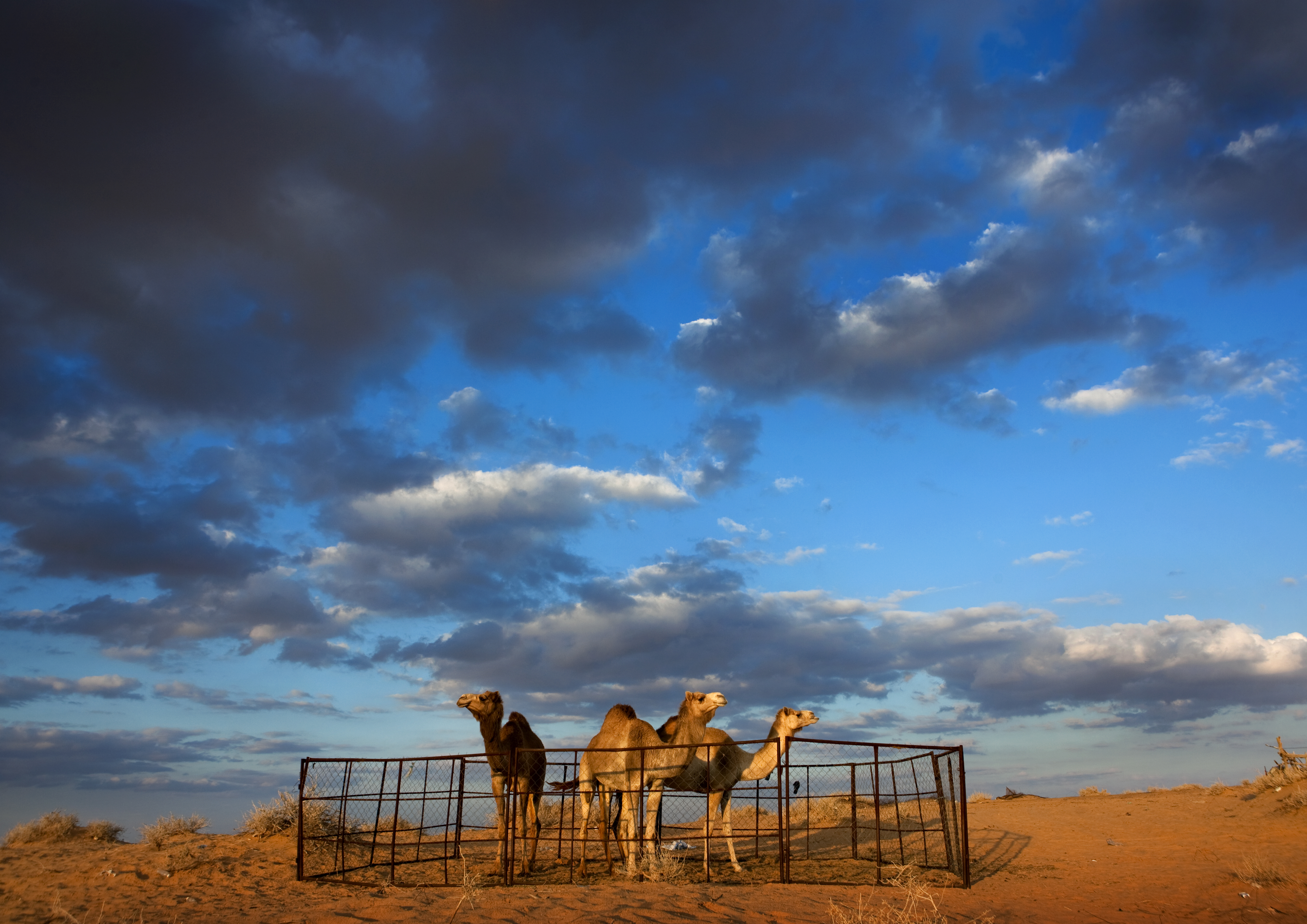
Saudi Arabia abounds with prehistoric petroglyphs at sites that remain unprotected and freely accessible. One recurring motif: the camel -
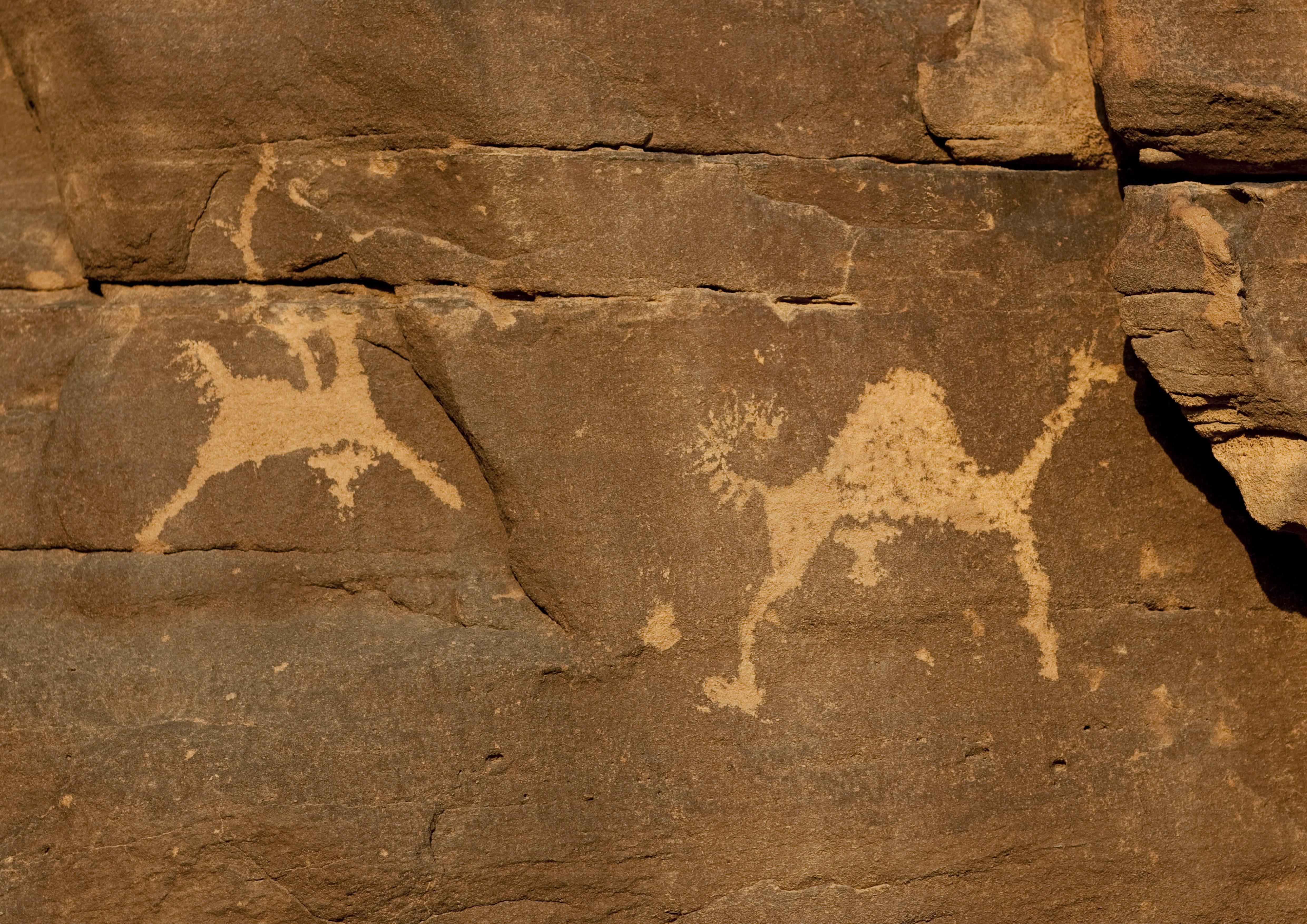
Saudi Arabia abounds with prehistoric petroglyphs at sites that remain unprotected and freely accessible. One recurring motif: the camel -
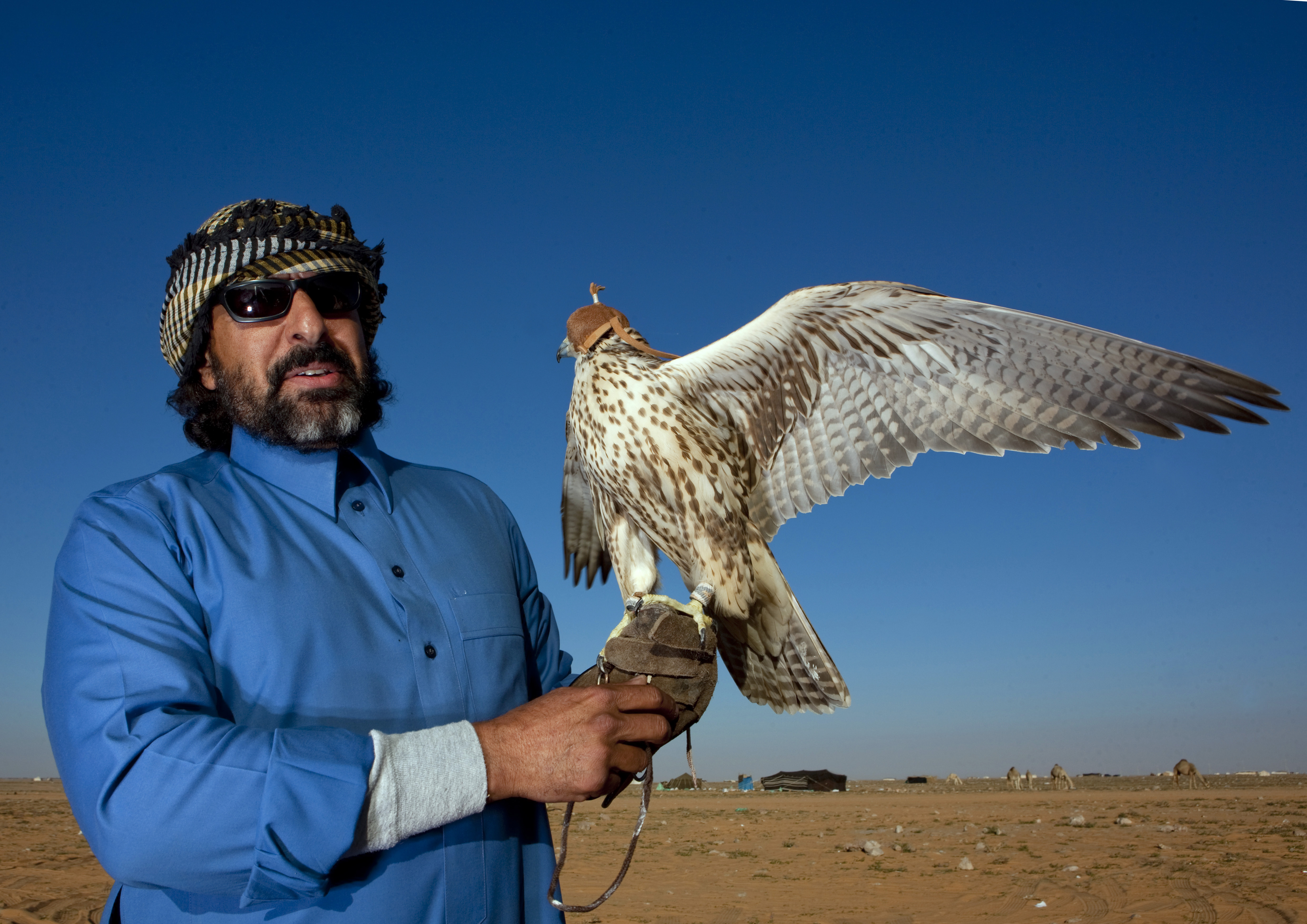
Falconry in the Al Jouf desert: a pigeon is released into the air for the falcon to chase it down. The owner jumps into his four-wheel drive to try and follow his bird of prey, but the hunt is short-lived – in less than a minute, the falcon has killed its prey. The owner never lets his pet out of his sight, with good reason: the falcon cost him 20,000 dollars -
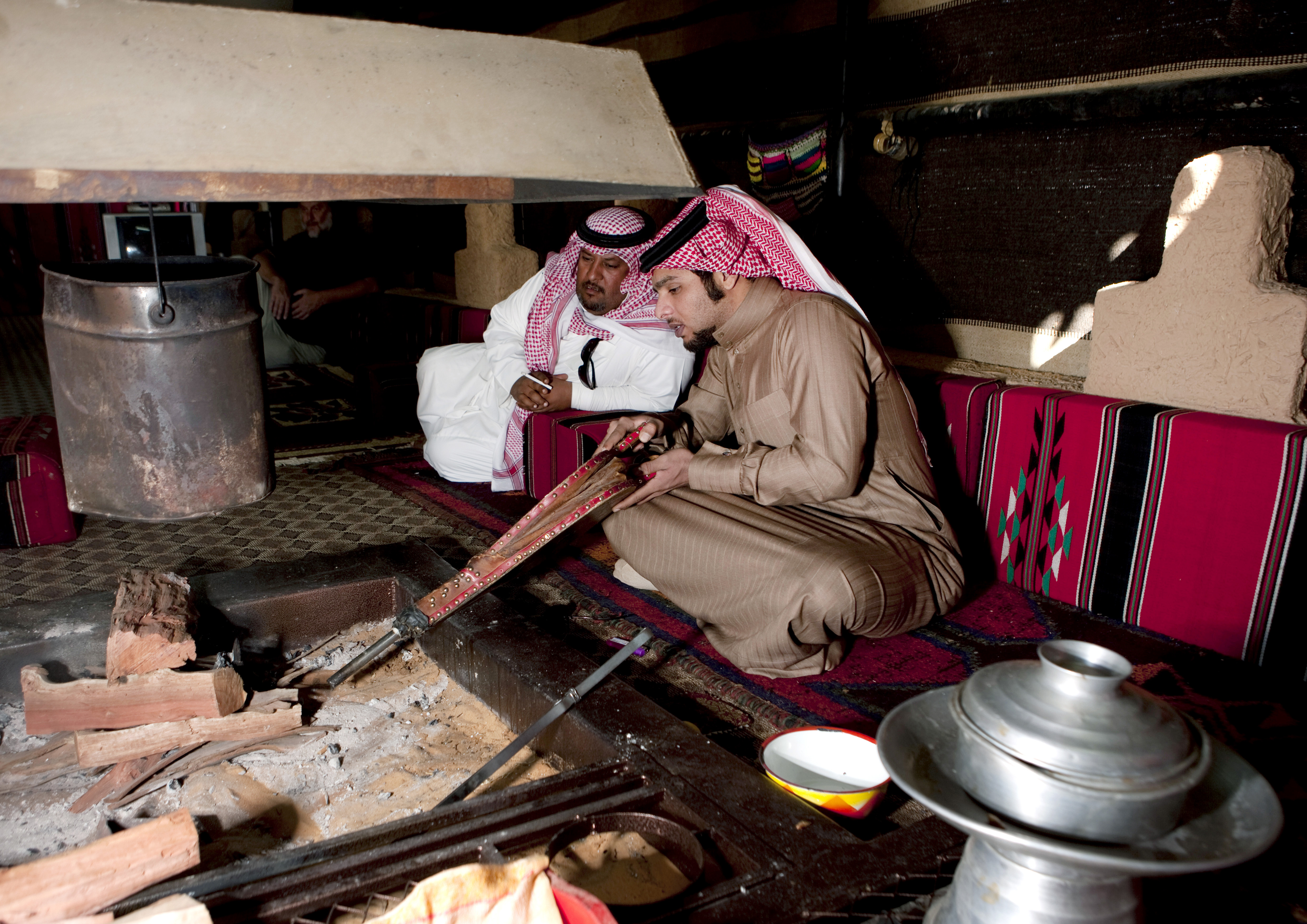
What could be mistaken for a Swiss chalet is actually a tent in the Saudi desert. Urban families often spend weekends away reverting to type. Yet for all its Bedouin trappings, this tent is still equipped with satellite TV, air conditioning and a fridge -
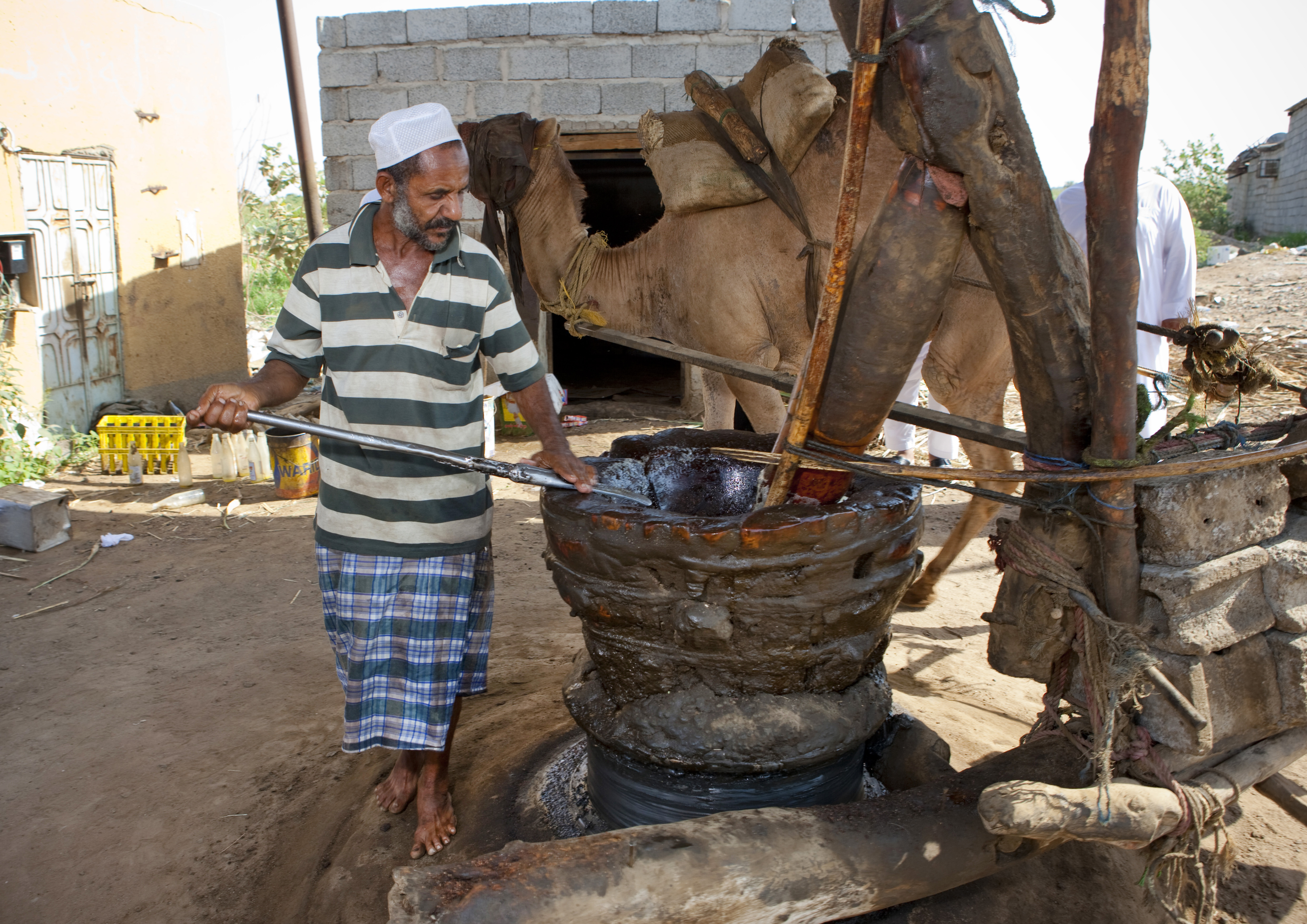
Saudi Arabia conjures up an image of luxury and wealth in the minds of many. Beyond the Kingdom′s urban centres, however, the country remains rural. In this almost ′biblical′ scene shot on the Tihamah coastal plain, the camel is turning a mill used for pressing sesame oil -

Many places are more reminiscent of the Gaza strip than an oil state. This man at a flea market in Najran explained that despite state assistance and the existence of many free services, the cost of living was forcing him to sell these items -

These traditional adobe and brick houses in Najran are called midmakh and are typical of the south. They may have up to seven floors. The ground level is for the livestock. The next level is for human accommodation, complete with small windows to keep out both the heat and intruders. Towards the top of the building, the windows become larger to let in more light as well as cooler air. Some of these residences were built centuries ago. Many Saudi families retain their historical homes for holidays or weekend -
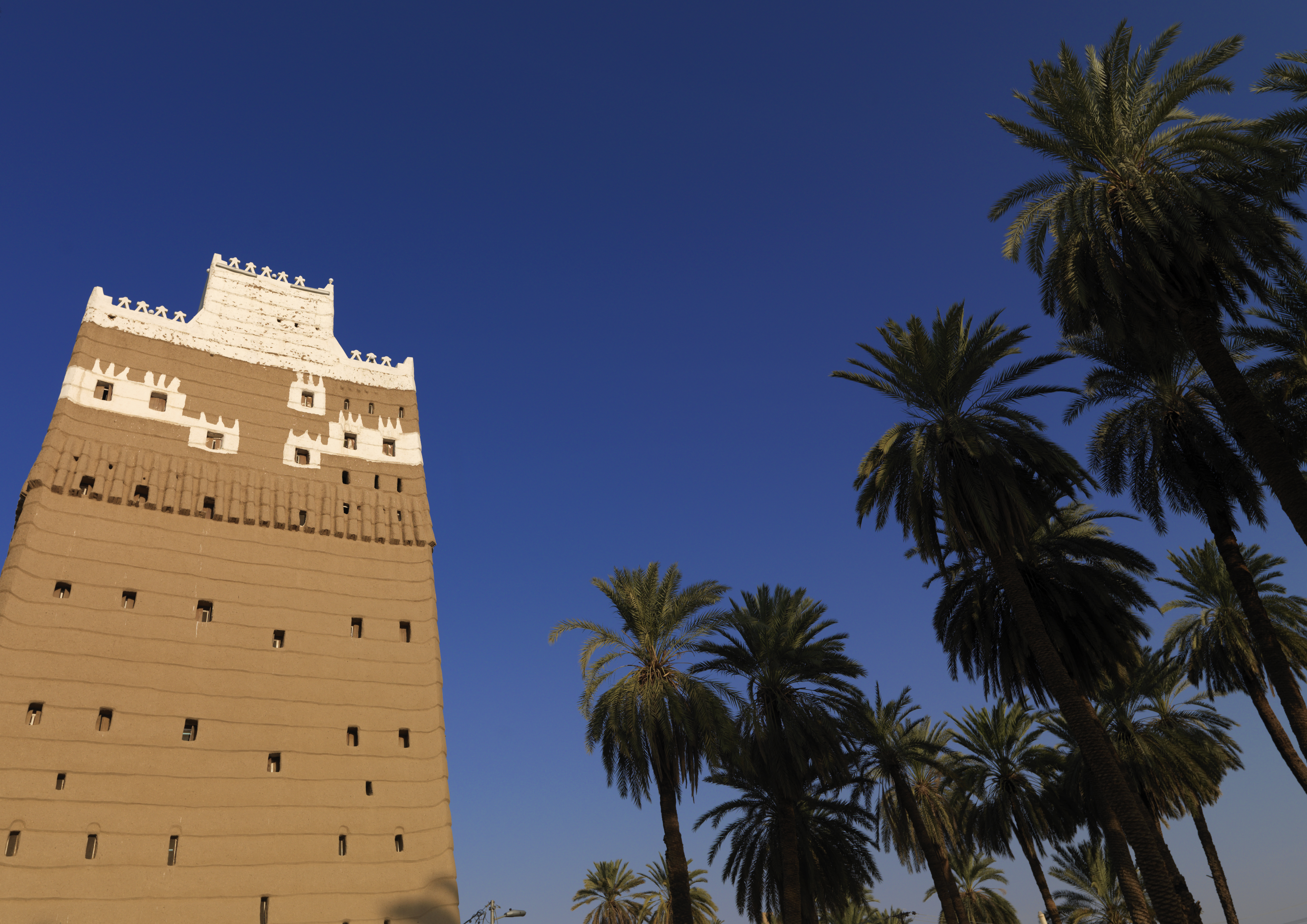
These traditional adobe and brick houses in Najran are called midmakh and are typical of the south. They may have up to seven floors. The ground level is for the livestock. The next level is for human accommodation, complete with small windows to keep out both the heat and intruders. Towards the top of the building, the windows become larger to let in more light as well as cooler air. Some of these residences were built centuries ago. Many Saudi families retain their historical homes for holidays or weekend -
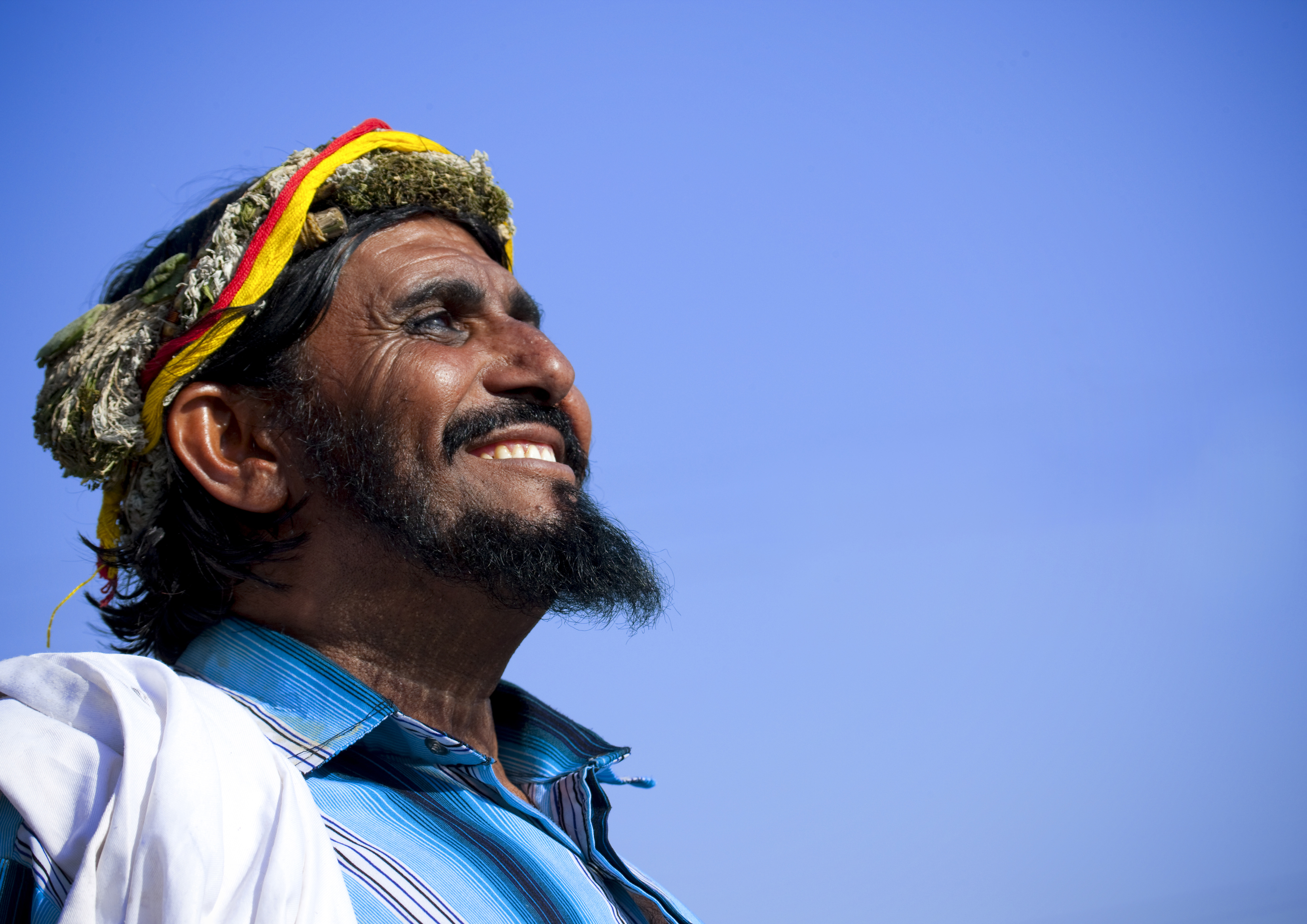
The flower men, members of a reclusive tribal community, live in the mountains near the Yemeni border. Every morning, they prepare crowns made of fragrant flowers and dried herbs. But don′t be deceived by their head attire: hospitality is a foreign idea to the flower men. Our mandatory police escort couldn't wait to leave -
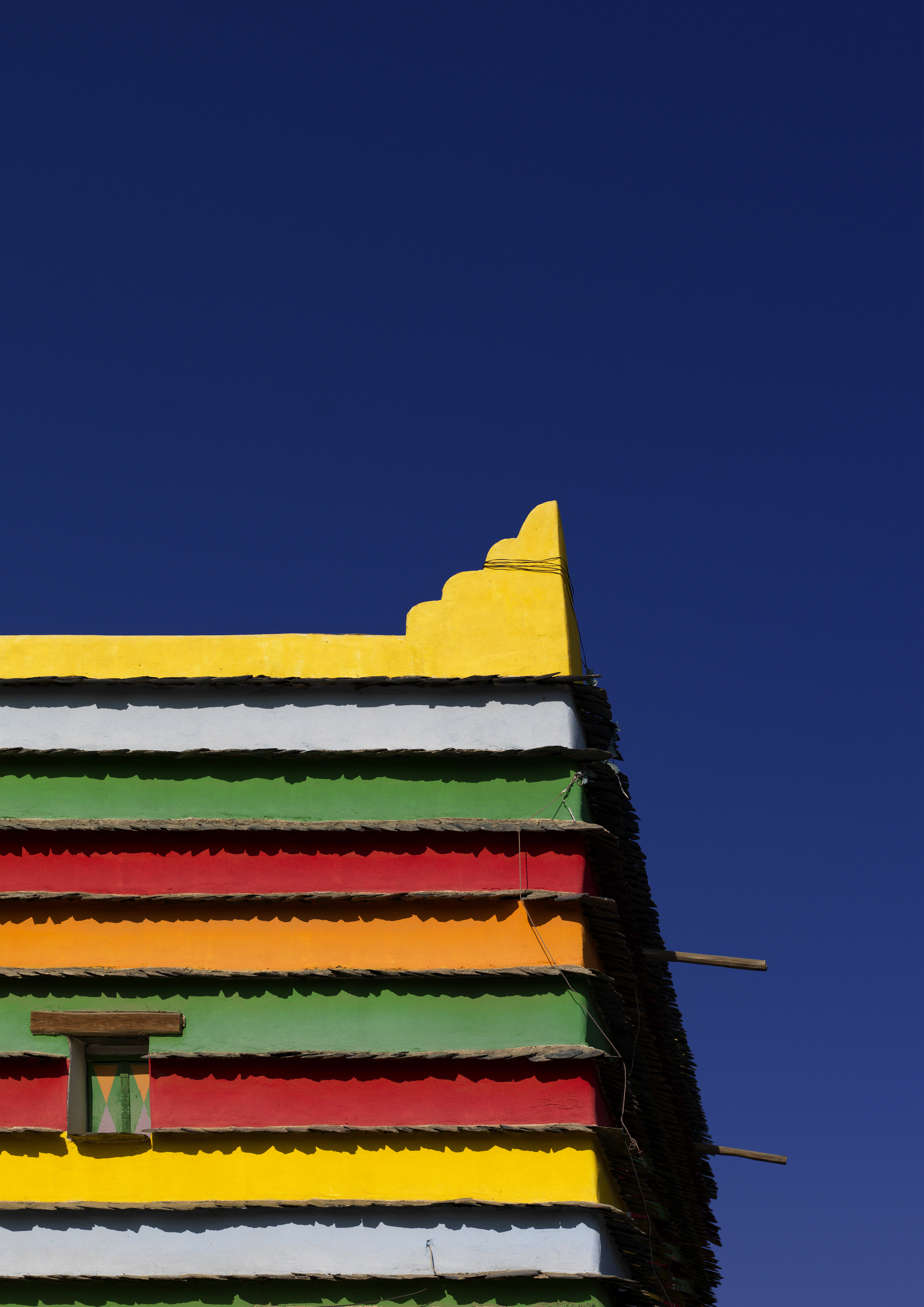
The Bin Hamsan house in Khamis Mushayt, in the region of Asir. To this day many houses remain brightly painted inside and out. This art, which is the work of local women, has been recognised by the UNESCO -

Madain Saleh, Saudi Arabia′s answer to Petra in Jordan: this UNESCO World Heritage site is home to 111 perfectly preserved Nabatean tombs. The magic of the site also lies in the total absence of tourists, hawkers selling Coca-Cola, or souvenir shops -
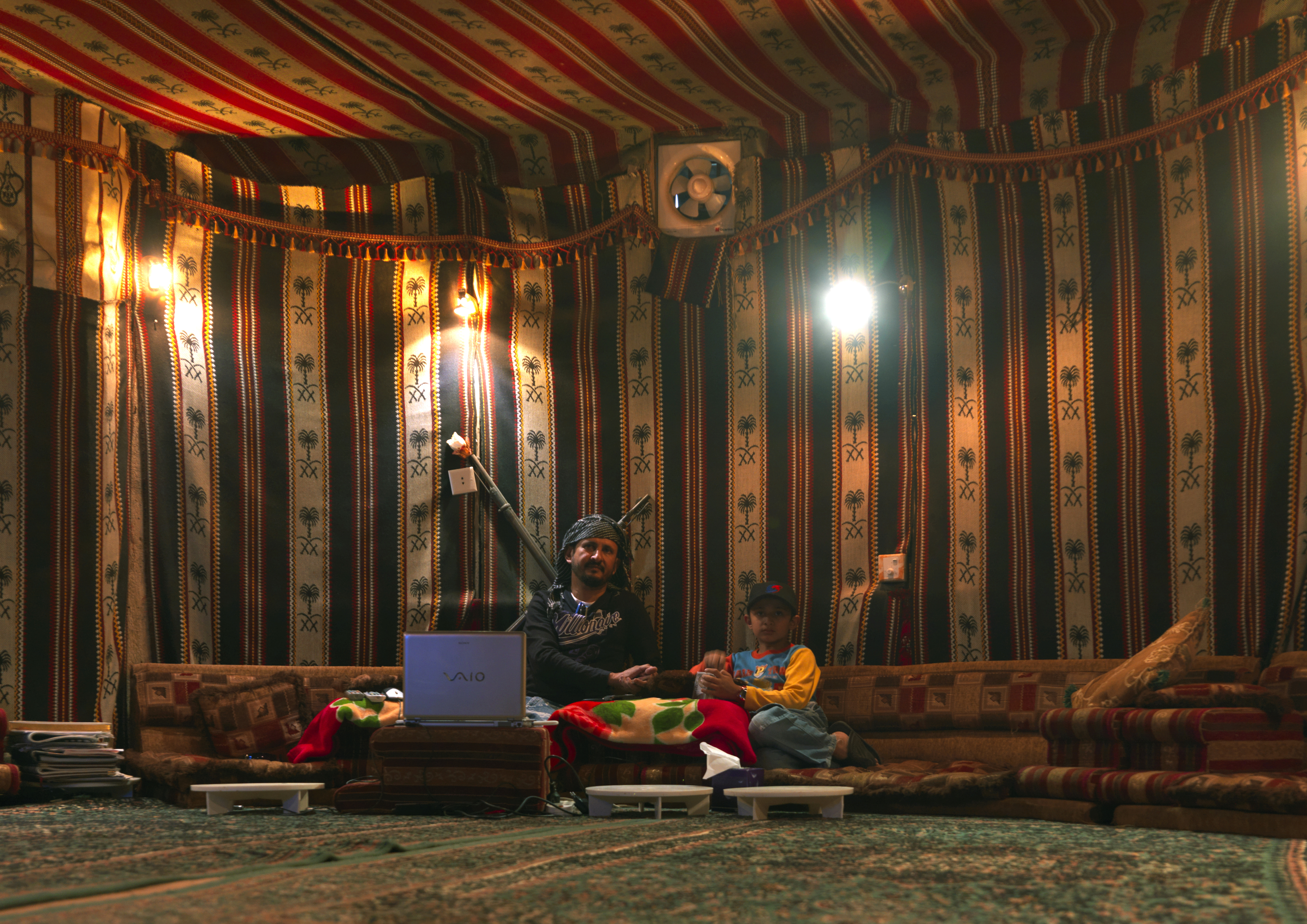
Saudi Arabia also boasts mountains, such as those that form the border with Yemen to the south. The Al Faifa peaks at over 2,000 metres and is highly sought after by Saudis seeking to escape the searing heat of the plains. This man owns the house at the top of Al Faifa, with the best view in Saudi Arabia. Here he shows off his favourite room – set up as… a Bedouin tent -
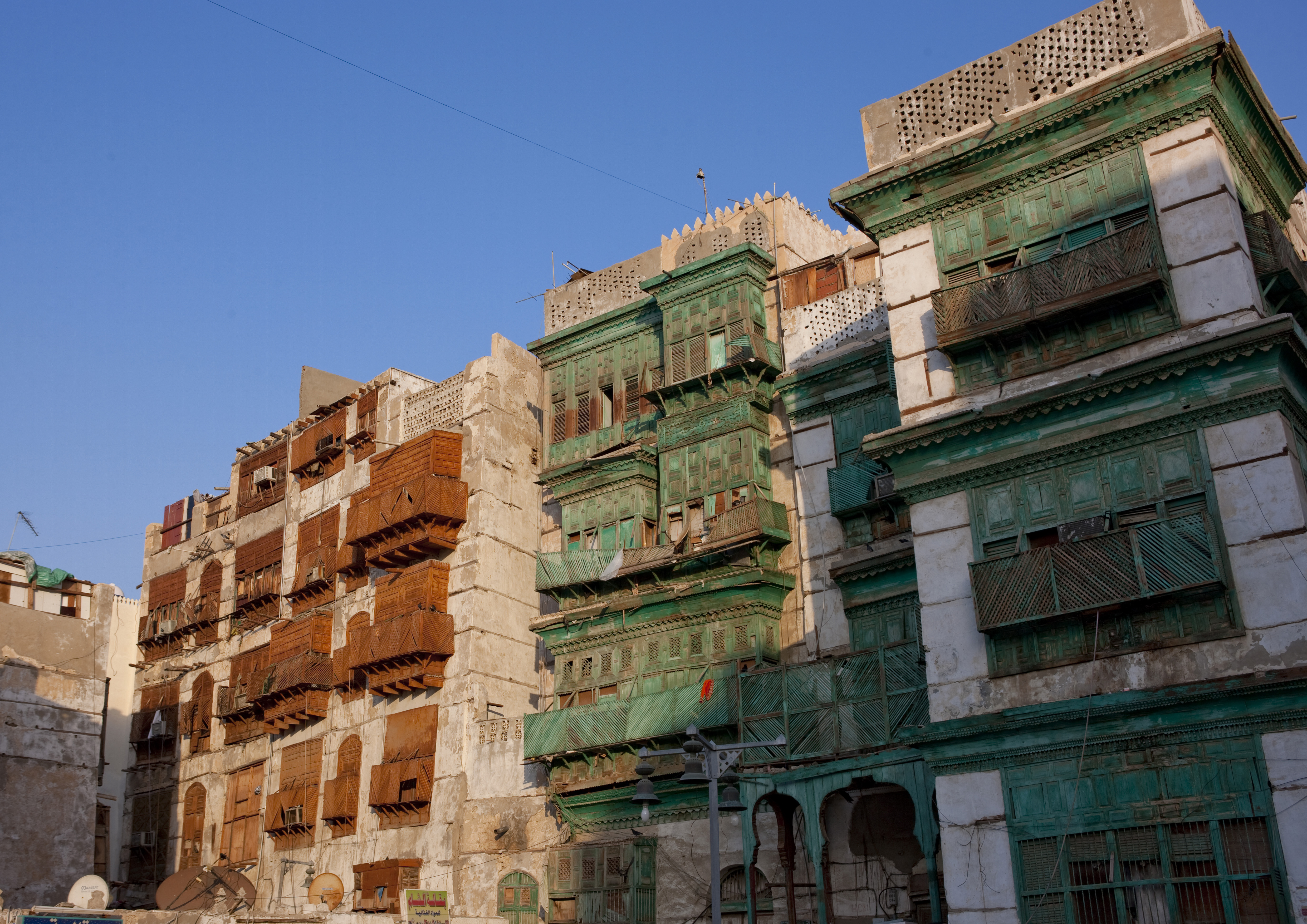
Tales of 1001 Nights: the architecture of old Jeddah is nothing if not fairytale, its tall buildings covered with mashrabiya,traditional wooden balconies that allowed women to see without being seen. The Saudis are long gone, however. Despite its UNESCO status, the old city has never been restored. Today it is home to Somali, Pakistani and Yemeni refugees, who live there in precarious conditions -
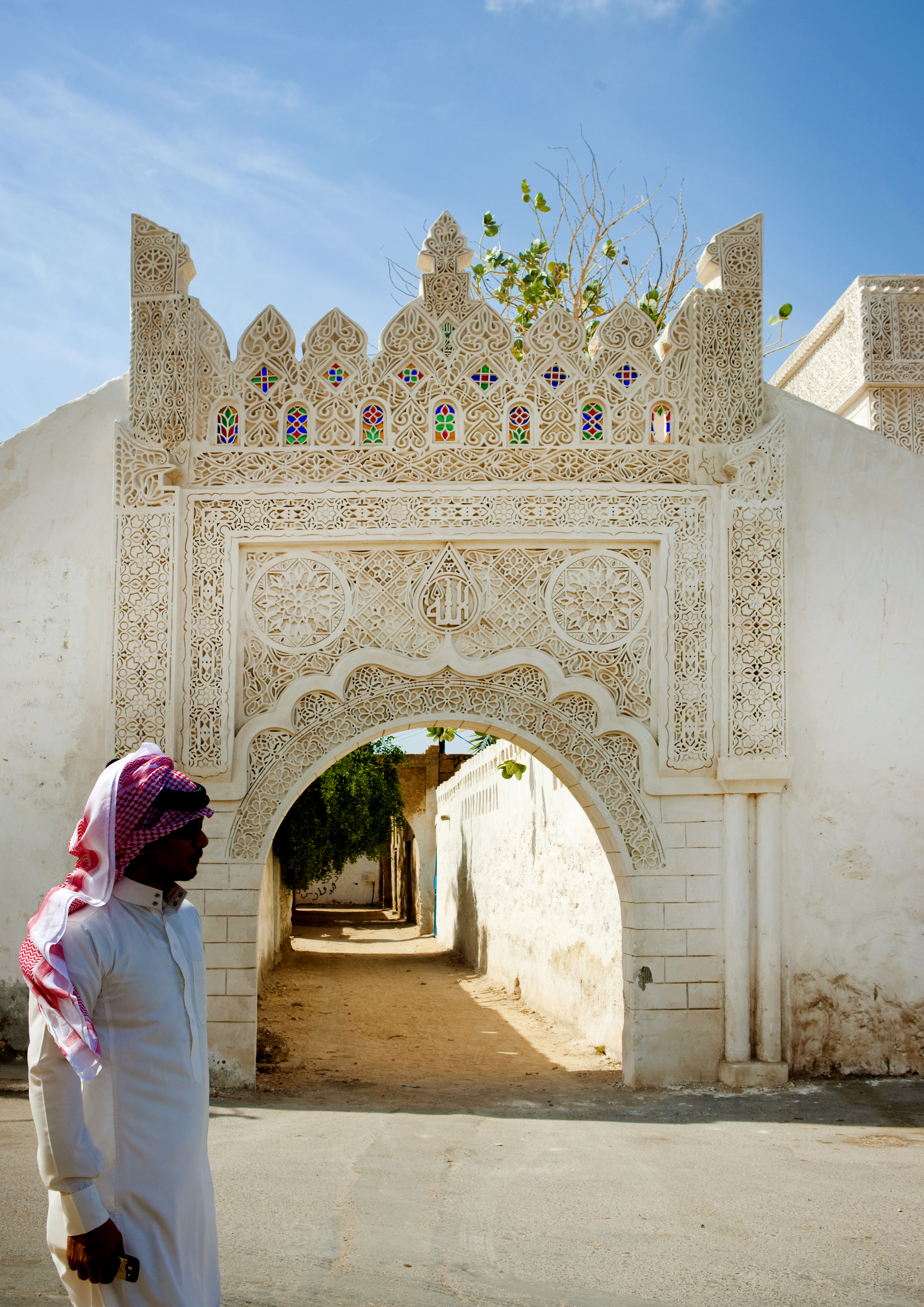
The oldest relics on the Farasan Islands date back to the first century BC, while others recall the Ottoman invasion. Saudi Arabia is looking to turn its Red Sea coastline into a tourist destination governed by special laws, aimed at transforming the economy and reducing its reliance on oil -
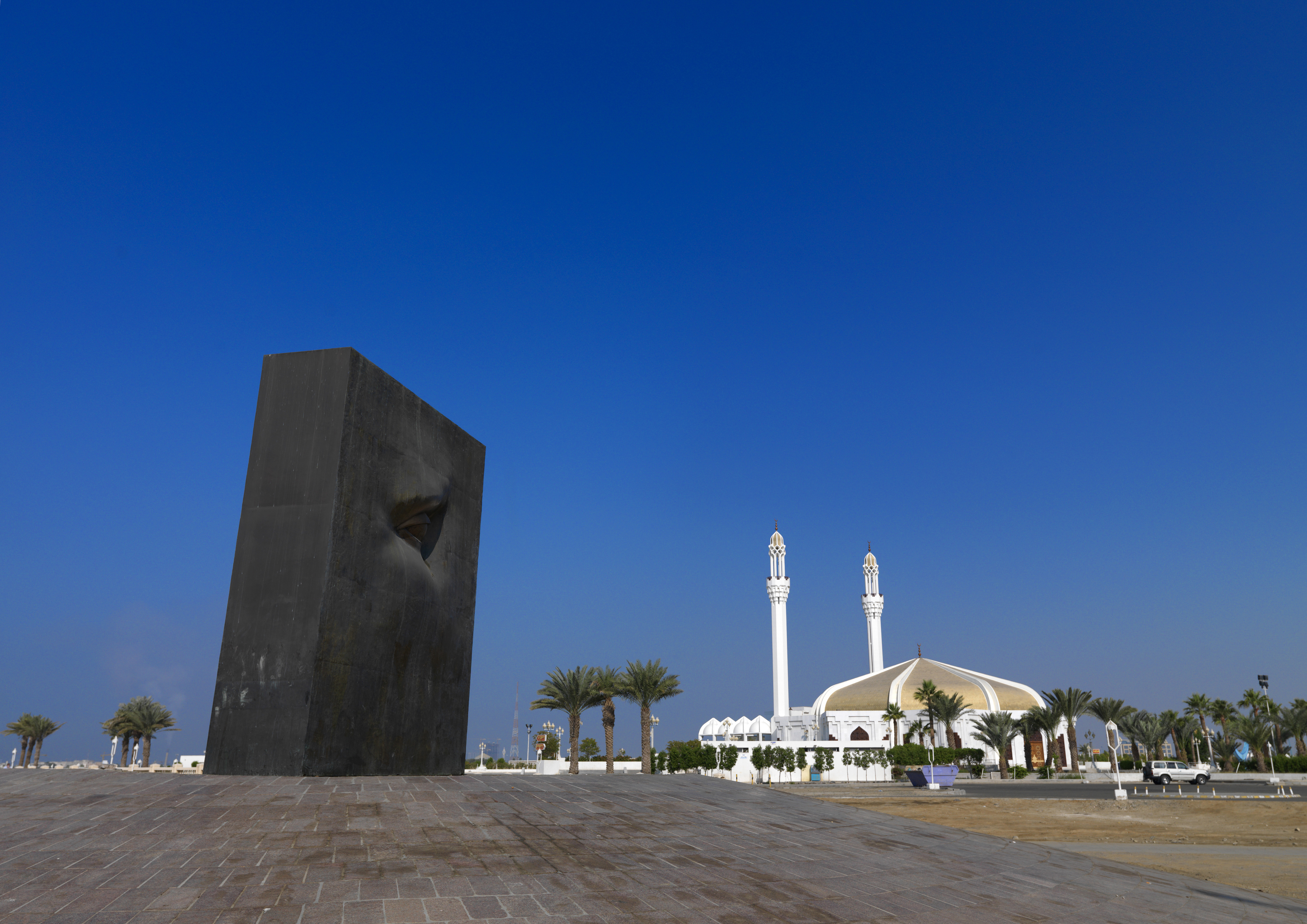
Jeddah′s Al Hamra Open Air Museum is the largest open-air museum in the world. It was built during the oil boom in the late 1970s. As a result, Jeddah is home to works by Arp, Cesar, Calder, Henry Moore, Joan Miro and Victor Vasarely. They are situated along the cliff, with no protection from the elements. Traditional Saudi culture often forms the focus of exhibits. Since Islam historically prohibits the depiction of living creatures, including humans, everything is abstract
https://qantara.de./en/node/28188
Link
To all image galleries
